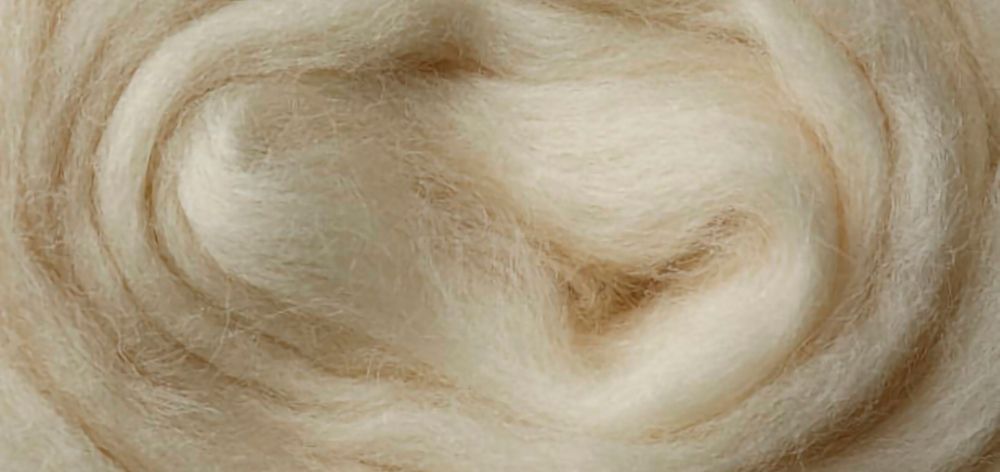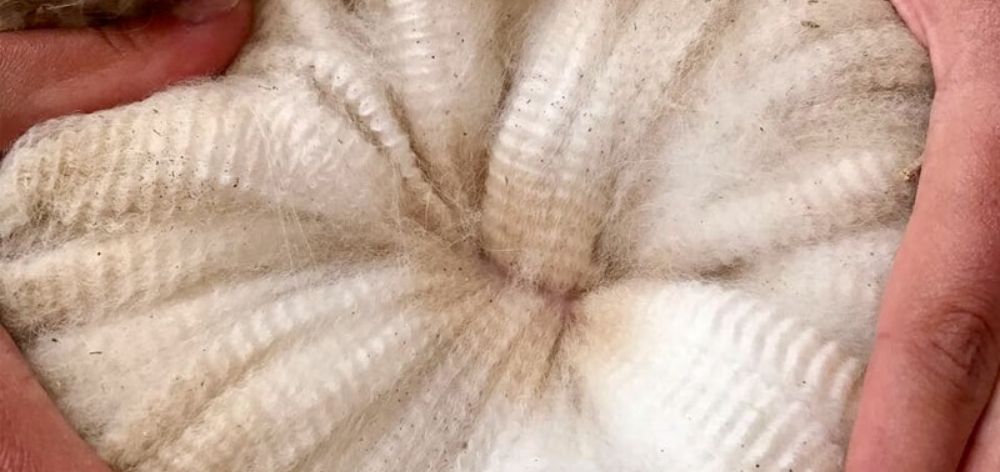The benefits and properties of merino wool are very well-known. Besides the alpaca, one other type that stands out is merino wool. These two types of wool are often compared and there is a good reason for that. Not only do they provide the best feeling and comfortability (think about alpaca scarves), but there is also a lot to do with the itchiness too.
However, many types of research have shown that alpaca wool is less itchy than merino. To establish why is that, let’s dive deeper into the problem of the itchiness of wool. When it comes to determining the itchiness of wool, several prickle factors show how itchy the wool fabric is.
Also, an important thing to consider is personal skin sensitivity. Those who have sensitive skin are more prone to itching and might feel any type of wool a bit itchy.

To determine whether alpaca wool is less itchy than merino, here are some important factors to consider. The wool itself is itchy. What makes wool itchy are the following factors:
When it comes to the surface scales of the fiber, those can be seen under a microscope. It will show that the surface of each fiber is not entirely smooth. For example, the fiber of sheep’s wool has scales on the surface that cause a prickly or itchy feeling, just where the wool touches the skin.
The presence of lanolin is also a very important thing to consider. Lanolin is a wax that is found especially in sheep wool. It comes from the pores in the sheep’s skin. That way it lubricates each wool fiber, and as it grows, it protects the animal. As an oil, lanolin is extracted to make cosmetics and skin products, as well as treat dry skin and skin irritation. However, it can cause allergies in people, resulting in rashes and severe itchiness.
The last, but not least important factor is the diameter of the fiber. Whether the fiber is thick or fine will have a direct effect on how the wool feels on the skin. The diameter here is measured in microns. As a comparison, merino wool has a fiber diameter of 19-21 microns while Alpaca wool has 18 to 18.5 microns in diameter.
You can also read: Merino vs. alpaca wool: difference and comparison
The above-mentioned three key factors already show and prove why alpaca is softer and less itchy than merino wool. So, one reason alpaca wool feels less itchy than merino wool is because of its smooth surface scales. Merino wool has more defined scales. They occur at smaller intervals. That is why the merino wool feels a bit itchy because of the scales that stick out and irritate the skin.
Alpaca wool, on the contrary, is a much smoother fiber, because the scales of the fiber are smaller. They are also less defined and flatter on the surface. That is why they feel softer on the skin. However, since the alpaca wool already contains scales, those with sensitive skin might still experience some itching even from alpaca wool.
The prickle factors that also refer to the alpaca wool are:

When it comes to the surface scales of the alpaca wool, its fibers have much smoother scales that feel less itchy, compared to the merino wool.
When it comes to the presence of lanolin, the alpaca wool almost does not have any lanolin. That is why it is considered hypoallergenic.
The alpaca wool fiber is finer than the merino wool. For comparison, the royal alpaca wool has a diameter of 18 to 18.5 microns, making the fiber super fine.
Overall, alpaca wool has all of the same technical properties. It has a unique “semi-hollow” fiber structure and it is what gives it and allows it a performance boost. When it comes to individual alpaca fibers, they can vary greatly. That comes from the place where they are found on the body of the alpaca, as well as the individual animal itself and the environmental conditions.
As a specialized brand and promoter of the finest alpaca wool, Silkeborg Uldspinderi provides an abundance of alpaca wool garments. For all those of you willing to feel and see the properties of the alpaca wool throw and alpaca wool shawl itself, be sure to check out the varied offer.
